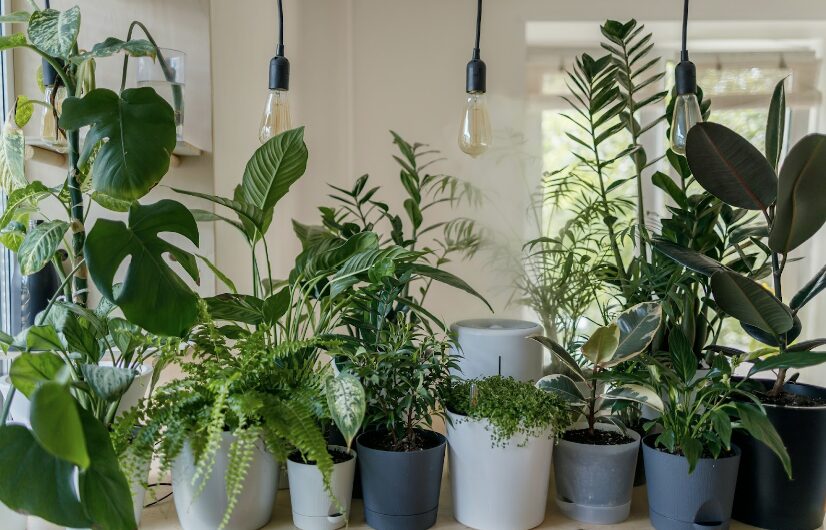As a pet owner, you cherish the time spent with your beloved pets. Yet, did you know that some seemingly harmless household plants can pose a serious threat to your animal companions?
Read on to learn more about plants that can be poisonous to your pets and discover tips on keeping your four-legged companions safe.
Plants that Can Poison Pets
Pet poisoning from plants is more common than you might think. Our curious pets love to explore their environment, often with their mouths. This can lead to accidental ingestion of toxic plants, which can cause a range of health issues.
Plant poisoning can vary depending on the type of plant and how much your pet consumes. Some plants cause mild gastrointestinal upset, while others can lead to severe organ damage or even be life-threatening.
Common Toxic Plants for Dogs
Let’s take a closer look at some plants that can be harmful to our canine companions:
1. Sago Palm Plants
Source: The Spruce
These tropical-looking plants are popular in landscaping, but they’re bad news for dogs.
The seeds of the sago palm are the most toxic part, and ingestion can cause severe liver failure, vomiting, and even death if left untreated.
2. Azaleas
Source: The Spruce
These beautiful flowering shrubs contain grayanotoxins, which can disrupt heart function and cause digestive issues in dogs. Even a tiny amount can lead to drooling, vomiting, and, in severe cases, coma or death.
3. Spider Plants and Violet Plants
| Source: Almanac | Source: Gardeners World |
While less toxic than sago palms or azaleas, spider plants, and violets can still cause problems for our pups. Spider plants may cause mild stomach upset and diarrhea. At the same time, some varieties of violets can irritate the skin and gastrointestinal tract.
Other Hazardous Plants for Dogs to Watch Out For
Don’t forget about these other potentially dangerous plants:
Orchids: While generally considered non-toxic, some dogs may have allergic reactions to orchids.
Source: InspirationSeek
Nerium oleander: All parts of this plant are highly toxic and can cause severe heart problems.
Source: Santhionlineplants
Foxglove: This plant contains digitalis, which can cause serious heart issues if ingested.
Source: The Spruce
Tips to Prevent and Mitigate Pet Poisoning Incidents from Plants
Prevention is vital when it comes to plant poisoning. Here are some tips to keep your pets safe:
Creating a Pet-Friendly Environment with Safe Plants
Research before you buy! Choose pet-friendly plants for your home and garden. Some safe options include:
Spider plants (yes, they’re generally safe despite potential mild effects)
- ⬥Boston ferns
- ⬥Bamboo
- ⬥African violets
Train Pets to Avoid Chewing on Plants
Teach your pets to leave plants alone. Use positive reinforcement techniques and provide plenty of safe chew toys as alternatives.
What to Do If You Suspect Your Pet Has Ingested a Toxic Plant
If you think your pet has eaten a toxic plant, here’s what to do:
- Stay calm, but act quickly.
- Identify the plant and how much your pet may have ingested.
- Call your veterinarian or a pet poison hotline immediately.
- Follow their instructions carefully – they may advise you to induce vomiting or bring your pet in for treatment.
- Bring a plant sample with you to the vet if possible.
Symptoms and Effects to Watch Out For
Keep an eye out for these common symptoms of plant poisoning:
- ⬥Vomiting or diarrhea
- ⬥Drooling or foaming at the mouth
- ⬥Difficulty breathing
- ⬥Lethargy or weakness
- ⬥Seizures or tremors
- ⬥Changes in thirst and/or bowel habits
Immediate Veterinary Care – Why It’s Vital
If you suspect your pet has ingested a toxic plant, it’s crucial to act swiftly. Immediate veterinary care can be the difference between a minor incident and a life-threatening situation. Your quick response can save your pet’s life.
Treatment options may include inducing vomiting, administering activated charcoal to absorb toxins, IV fluids, or specific antidotes depending on the plant ingested.
Creating a safe environment for our pets doesn’t mean we must give up on having plants in our homes. With a bit of knowledge and preparation, we can enjoy the beauty of plants while keeping our furry friends safe and healthy.
8 Things to Know About House Plants and Air Purification


